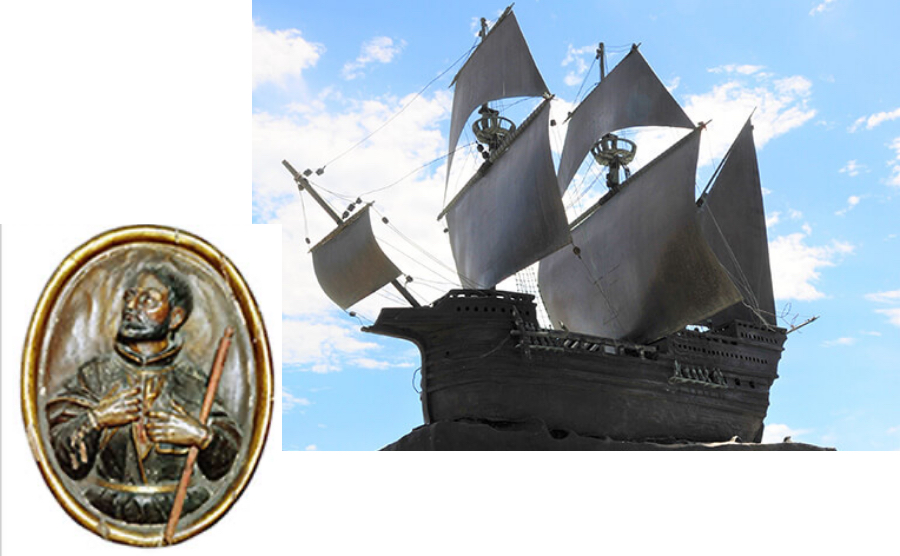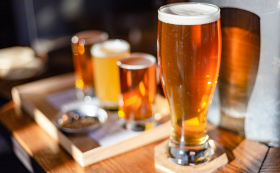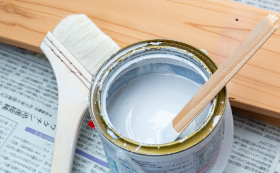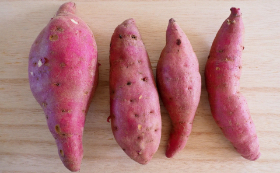Thanks to its coastal location, Hirado has long been a place of rich cultural exchange via the sea. Once a port of call from which ships would set sail for China during the Japanese envoys to Sui and Tang China, many famous Japanese figures the likes of Kobo Daishi and Eisai are said to have visited the city. Later as the city became a strategic location used by Japanese pirates and foreign exchange with China continued to increase, it soon saw the arrival of the first Portuguese ships during the country’s Sengoku period. It was at this time that St. Francis Xavier, currently on a mission to Kagoshima, visited Hirado to meet the ships from Portugal. This marked the first Christian missionary work to take place in Nagasaki Prefecture, and Christianity soon spread like wildfire throughout Hirado. Later during the prohibition on Christianity, many Christians of Hirado continued to practice their faith in secret, a people who came to be known as the Hidden Christians.

The early 17th century marked the arrival of Western ships from the Netherlands and England and, with the permission of the Tokugawa shogunate, the city flourished as Japan’s first trading port with the West. Hirado soon became the cradle of cultural exchange within Japan and the port city saw many foreign visitors come and go. And yet the curtain fell for Hirado when the shogunate ordered that all international trade go through the island of Dejima in Nagasaki, bringing its period of trade with the Western world to a close.
When the prohibition on Christianity was lifted during the Meiji era, many hidden Christians from the Nagasaki and Amakusa regions returned to the modern Christian Church, many of whom moved to Hirado from throughout Nagasaki Prefecture, and continued to build new churches one after another. However, a significant number of hidden Christians on Ikitsuki Island and along the western coast of the island of Hirado decided not to return to the modern Christian Church and instead to continue to practice their faith just as they had throughout the prohibition, a group who have come to be known as the Kakure Kirishitan (Hidden Christians). Ikitsuki Island is now home to some 300 remaining Kakure Kirishitan who continue to practice their faith to this very day.

Blessed with beautiful island and maritime scenery, Hirado remains to this day home to a great many historic buildings and landmarks, so be sure to visit Hirado and discover the city’s scenic beauty, history and romance for yourself. Come to Hirado and discover a new modern romance amidst the vestiges of history passed down through the ages by the ancestors of these beautiful islands.

Many of the everyday things modern Japan now takes for granted in fact originally came from the once flourishing international port city of Hirado.

Beer
Beer came to Hirado with the British ship “Clove” in 1613.

Paint
The exterior of the Dutch Trading House was painted when it was completed in 1609.

Western medicine
Arashiyama Hoan, who studied Western medicine from foreign visitors in the Age of the Great Navigators, was born to the Handa family of Hirado.

Tobacco
The missionary Pietronimus de Castro brought tobacco leaves to Hirado in 1601.

Sweet potatoes
Cultivation of this crop began when Miura Anjin presented Richad Cocks, chief factor of the English Trade House, with sweet potato plants.

Bread
Bread was a staple food on the Portuguese ship that called at Hirado in 1550. It later spread to Nagasaki and then throughout Japan.
